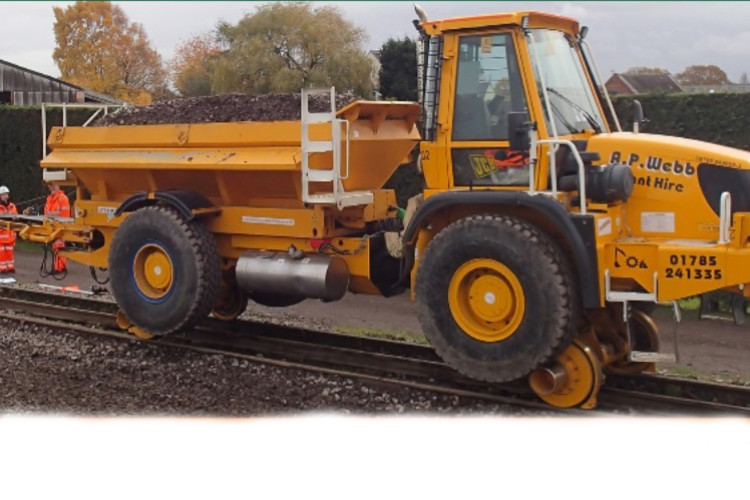The RAIB has now published its report into a collision between road-rail vehicles (RRVs) in Cheshire last year. Lack of driver visibility was one of the fundamental contributing causes.
At around 02:30 hrs on Wednesday 19th September 2018, a road-rail ballast distributor that was travelling in reverse on the line between Chester and Crewe collided with a small Kubota personnel carrying vehicle, near Cholmondeston. Two track workers who were in the rear of the personnel carrier were injured, one of them suffering life changing leg and back injuries. There was some damage to the two vehicles involved and minor damage to the track.
Network Rail was the owner and operator of the Kubota. It was also the employer of the track maintenance staff, including the machine controller, who were based at its Chester depot. AP Webb Plant Hire was the owner of the ballast distributor RRV and had hired it to Network Rail. It was also the employer of the machine operator for the ballast distributor.
The RAIB found that the collision occurred because the design of the ballast distributor was such that there was very limited visibility of the line ahead when it was being driven in reverse, and because no-one was controlling its movements from the ground, as mandated by both the railway Rule Book and the vehicle-specific operational restrictions.

The ballast distributor was being driven at a speed considerably above the maximum allowed by its operational certification and by the railway Rule Book, the report says.
There was also confusion among the staff involved about the location of the work that was being undertaken and the location of personnel. As a result, those on the ballast distributor believed that the personnel carrier was further up the line than it actually was.
The RAIB has made two recommendations. One is addressed to the Rail Safety & Standards Board (RSSB) to review the effectiveness of technical standards for managing safe travelling with road-rail vehicles, in particular considering controls for maintaining visibility of the line ahead and controlling speed. A second similar recommendation is targeted at Network Rail for it to consider the same risks for machines that are already operating on the network.
Got a story? Email news@theconstructionindex.co.uk
.png)


